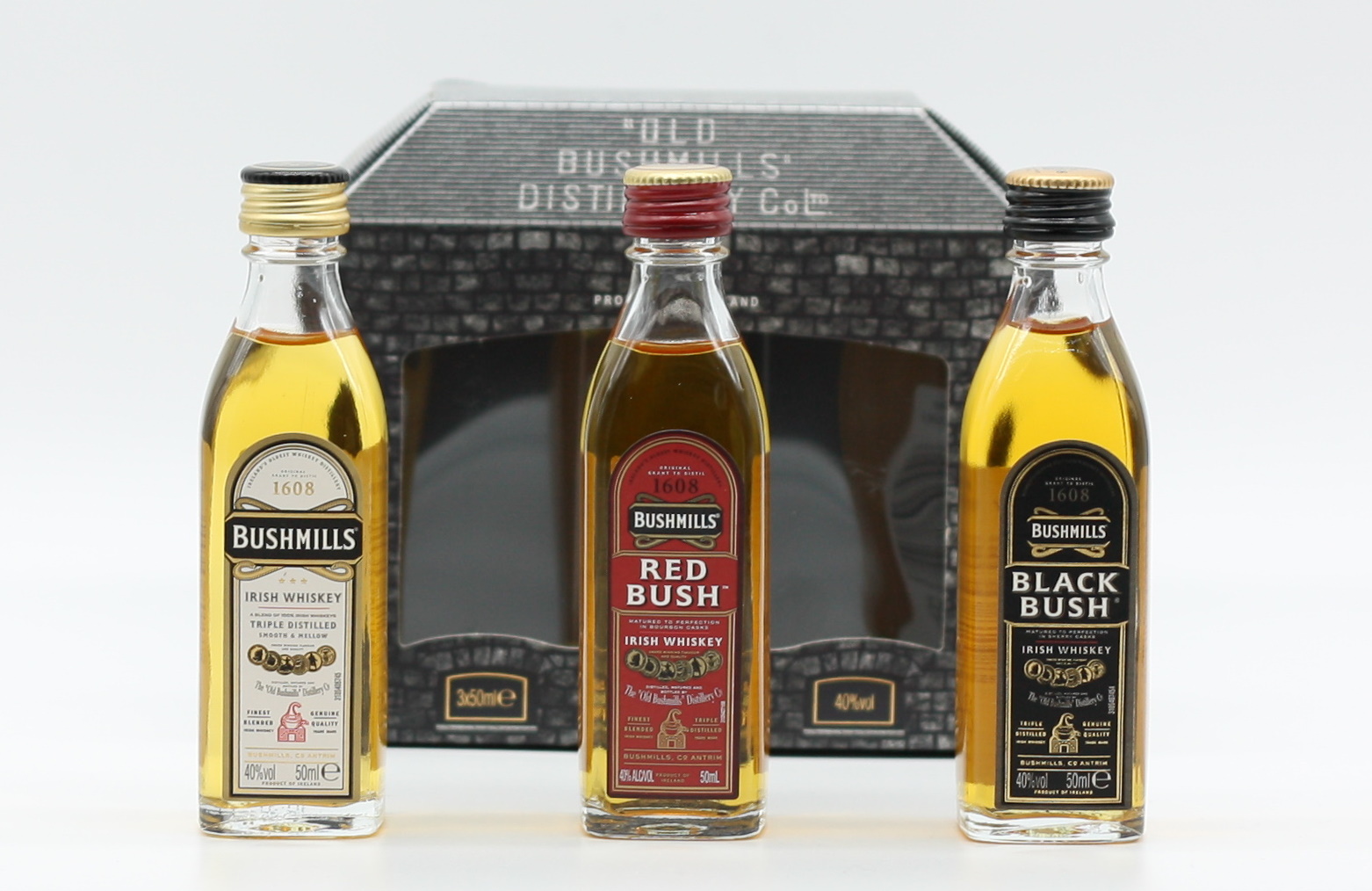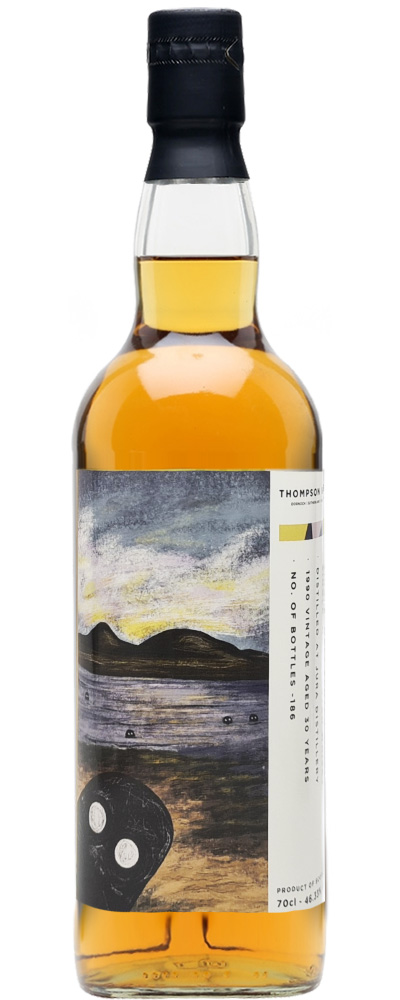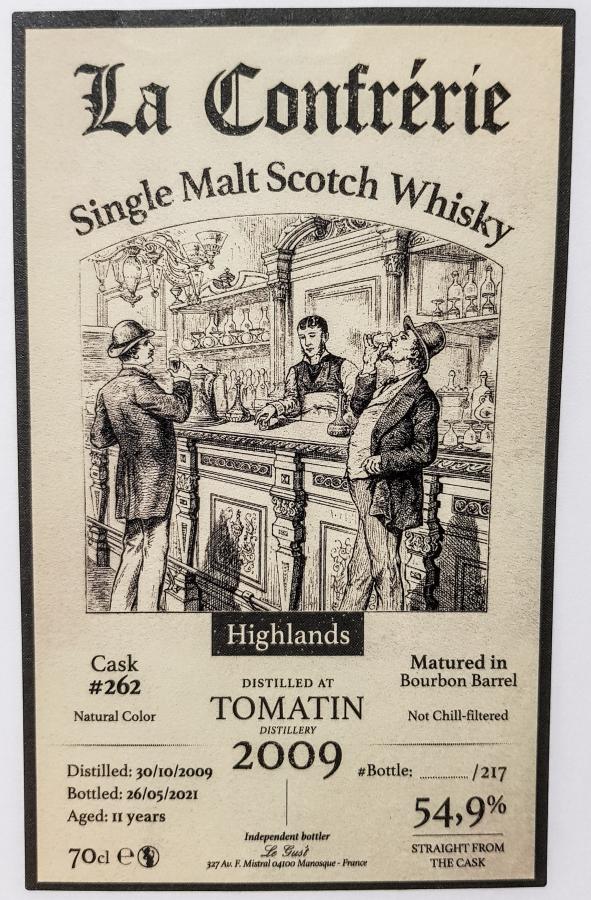As January 2024 draws to a close, I find myself reflecting on the passing weeks, realising it’s been a while since my last post. The onset of winter proved challenging, as a persistent illness lingered, not severe but enough to dampen my spirits and impede the joy of savouring and reviewing whiskies. Nevertheless, this unexpected hiatus provided an opportunity to thin out my whisky collection, creating some much-needed space on my shelves.
Towards the end of the previous year, a stroke of fortune came my way when a friend, employed at a local off-licence, secured for me a bottle of the elusive Springbank 10-year-old Palo Cortado at its recommended retail price. The only stipulation was a choice between unsealing the bottle or having my name adorn the label, a precaution to discourage resale. Opting for the latter, indifferent to the inclusion of my name or nickname, seemed a small price to pay for this coveted bottle, especially considering it needed to be shipped to me, so a perfect seal was mandatory. Interestingly, this decision has now become a recurring theme, with my name gracing labels of other Springbank bottles, ones I acquired during a visit to the distillery – ranging from handfills to a distinctive cage bottle, and even my personally crafted Springbank composition.
Having now recovered from my ailment, I’ve finally had the pleasure of sampling a few drams from the Springbank 10-year-old Palo Cortado. So, without further ado, let’s delve into a detailed review. But before we embark on this tasting journey, anticipate some changes on these pages.
A New Scoring Band
I’ve been considering for probably more than a year about leaving the 100-point score system and move to a 10-point score system (and maybe I’ll give half points, we’ll see). As it has been seen on websites using a 100-point score band, most of the whiskies are between 80 and 90 points. The whiskies being okay, average, not great, will be between 70 and 80. The excellent to impossibly magical ones will be between 90 and 97 points, and as perfection does not exist, there will be close to absolutely no whisky between 98 and 100 points. And all the awful ones will score below 70 points. But 70/100 is still 7/10. That’s above average. Average should be at the middle of the scale. Average should be 50/100, or 5/10. A 50/100 or a 5/10 should mean it’s not bad, it’s not great, it’s average. It’s drinkable. It won’t rock your boat, you won’t do wet dreams about this whisky, but you won’t spit it in the sink either.
One compelling factor urging me to transition to a 10-point scale is the recognition of my inherent subjectivity and the challenges posed by maintaining precise ratings. My evaluations are susceptible to fluctuations based on my mood, palate, and various contextual factors. Consider, for instance, a scenario where I assess a particular whisky and assign it an 83 on a given day. Revisiting the same bottle a week later might yield a slightly different verdict, potentially escalating to an 85.
The intricacy becomes even more apparent when attempting to discern minute differences between whiskies. Am I truly adept enough to distinguish between an 83 and an 84? Moreover, the question arises of whether I can maintain the same level of precision when comparing whiskies not only within the same session but also across varying timeframes—a week, a month, or even a year later. The inherent variability in my assessments becomes a critical factor, prompting a shift towards a more forgiving and manageable 10-point scale.
Shifting to a 10-point scale brings with it the promise of increased reliability in my whisky evaluations. While there remains the task of converting these scores for posting on Whiskybase in the future, I consider it a challenge left for my later self to tackle (Note from Future me: ‘I hate you, past me’). The comfort of this more condensed scale allows for a clearer, more consistent assessment, enhancing the overall dependability of my reviews.
If you’re an avid reader of reputable whisky websites like Dramface or Two Whisky Bros, you’ll find the transition to this new rating scale familiar, as they too employ a similar system. Aligning with these respected platforms, I aim to establish a cohesive standard. So, without further ado, here’s the breakdown:
- 10: The holy grail of whiskies – perfection in a bottle (I know, I claimed perfection was a myth, but let’s make an exception just this once). This one’s so good, sell your parents, your kids – heck, even your neighbour’s dog. You need this in your life!
- 9: A whisky so exceptional, it’s like catching a glimpse of perfection, even if it’s just around the corner.
- 8: Not just good, but great! This whisky is so fantastic that chasing it is totally justified – as long as the price tag agrees.
- 7: A very good drop indeed. This whisky is crafted with care, tastes delightful, and is way better than your run-of-the-mill spirits.
- 6: Above average – and if it’s reasonably priced, it’s practically begging you to grab a bottle for those everyday sips.
- 5: Average. It won’t make you dream of whisky waterfalls, but it does the job. Forgettable but not regrettable.
- 4: Below average, but not terrible. It might have a quirk or two that’s a tad annoying. It’s like a good friend who occasionally gets on your nerves.
- 3: Disappointing, like a magic trick gone wrong. Off-notes galore – someone dropped the ball on this one.
- 2: Nope, just nope. Avoid this whisky like the plague. If it’s your only option at the pub, go for a pint or, better yet, a gin.
- 1: Atrocious. This whisky isn’t bad; it’s downright revolting. Whoever gave the green light for this to hit the shelves should seriously reconsider their life choices. Pour it out in the sink – and heads should roll for less!
The price will not influence the rating, but I will probably comment on it.
Springbank 10-Year-Old Palo Cortado (2023) Review
The Springbank 10-year-old Palo Cortado, distilled in 2013 and bottled in 2023, stands as the second instalment in the new Springbank sherry series. This series is set to comprise a total of five expressions, all sharing the 10-year-old age statement. The lineup unfolds as follows:

As evident from the evolving details each year, the finishing process, or the second maturation cask type, undergoes a deliberate shift, with each cycle extending by an additional year. Looking ahead, the 2024 release is poised to showcase a noteworthy 5-year for each of its two maturation, setting a precedent for the subsequent two instalments, which will boast a second maturation surpassing the initial one in duration.
Returning to the Palo Cortado expression, its maturation unfolded over six years in ex-bourbon casks before undergoing a four-year stint in ex-Palo Cortado casks. Palo Cortado, a rare sherry type, warrants a deeper exploration—an endeavour better suited for experts like Ruben from sherrynotes.com and whiskynotes.be.
Bottled at a robust 55% ABV, the outturn was 10,200 bottles. Whilst my initial investment stood at €139 (which can be considered quite significative for a 10-year-old single malt), those seeking to acquire this gem from the secondary market should brace themselves for a price point exceeding €300.

Colour:
Light tawny.
Nose:
Neat: Displays richness with a slightly musty character, featuring dry sherry and notes of red and dark fruits such as raspberries, gooseberries, and blackcurrant. Subtle undertones include mechanical grease, hints of soot, salted caramel, raisins, and seawater. There’s a faint freshness lingering in the background, reminiscent of aniseed.
With water: The profile takes on a slightly dusty quality, as the sherry influence recedes, allowing the mechanical and industrial facets of Springbank to come forward. A touch of icing sugar as well.
Palate:
Neat: The palate offers a substantial initial presence, brimming with notes of smoked chocolate and chili. The texture is notably oily and chewy, with a slight roughness that adds to its appeal. Flavours unfold with nuances of blackcurrant jam, white pepper, hints of tabasco sauce, a touch of grapefruit zest, breakfast cocoa powder, smoked nuts, and soot.
With water: A subtle emergence of lemony sourness accompanies the addition of water. The mouthfeel undergoes a transformation to a slightly chalky texture, while a hint of ginger contributes to the nuanced profile.
Finish:
The finish lingers with the essence of whisky-flavoured orange marmalade, complemented by additional layers of smoked chocolate, dark espresso, and a touch of aniseed.
Comments:
The initial tasting from my bottle left me somewhat underwhelmed, but fortunately, I refrained from an immediate review. With subsequent pours, the whisky gradually won me over. Aeration proved beneficial, granting the spirit more breathing space. Initially dominated by the Palo Cortado casks during the neck pour, the whisky now presents a well-balanced nose, an increasingly enjoyable palate, and a noteworthy improvement with a few drops of water. I appreciate the mouthfeel’s shift to a slightly chalky texture, and the introduced sourness adds a welcome balance.
Securing this bottle at its recommended retail price (RRP) was a satisfying acquisition, but I cannot justify secondary market prices. Considering its merits, I find myself contemplating the introduction of half-point ratings—it sits a touch above a 7 but falls slightly shy of an 8. While €139 may seem steep for a 10-year-old non-single cask whisky, such is the cost of indulging in the world of Springbank limited editions.
Rating: 7.5/10
Thanks Martin and Antoine! Bottle photo stolen from my friends at Whiskybase.



